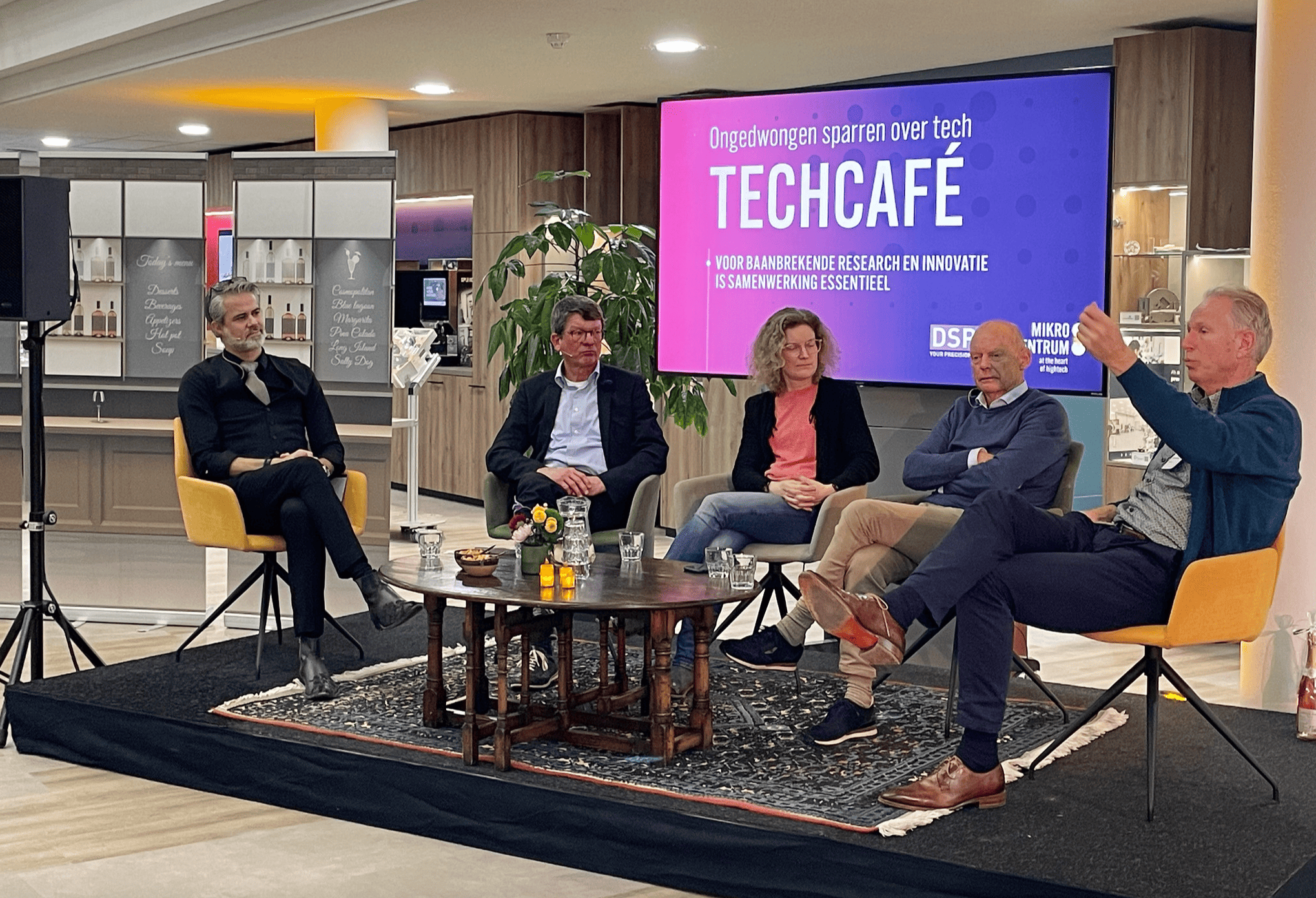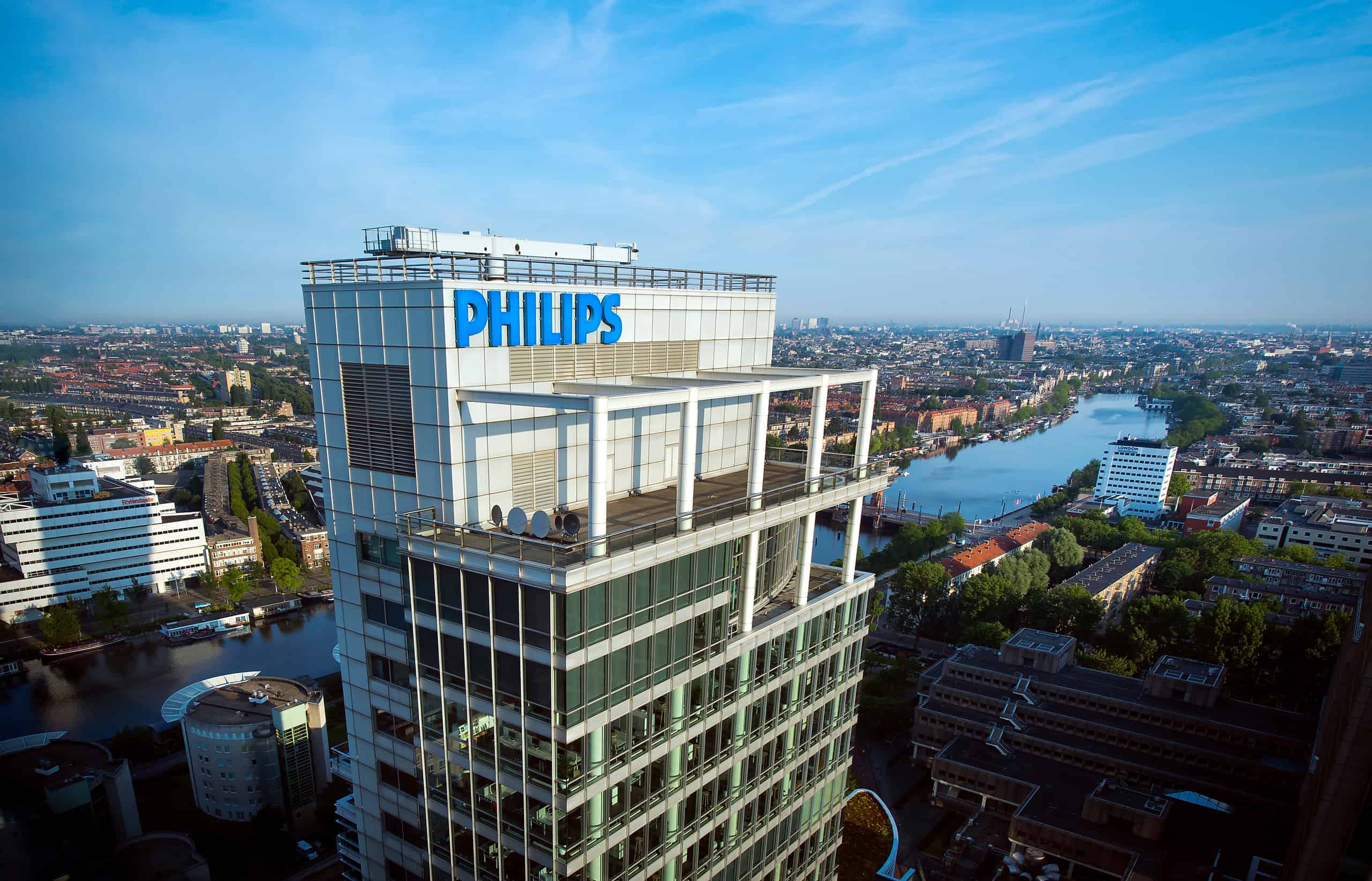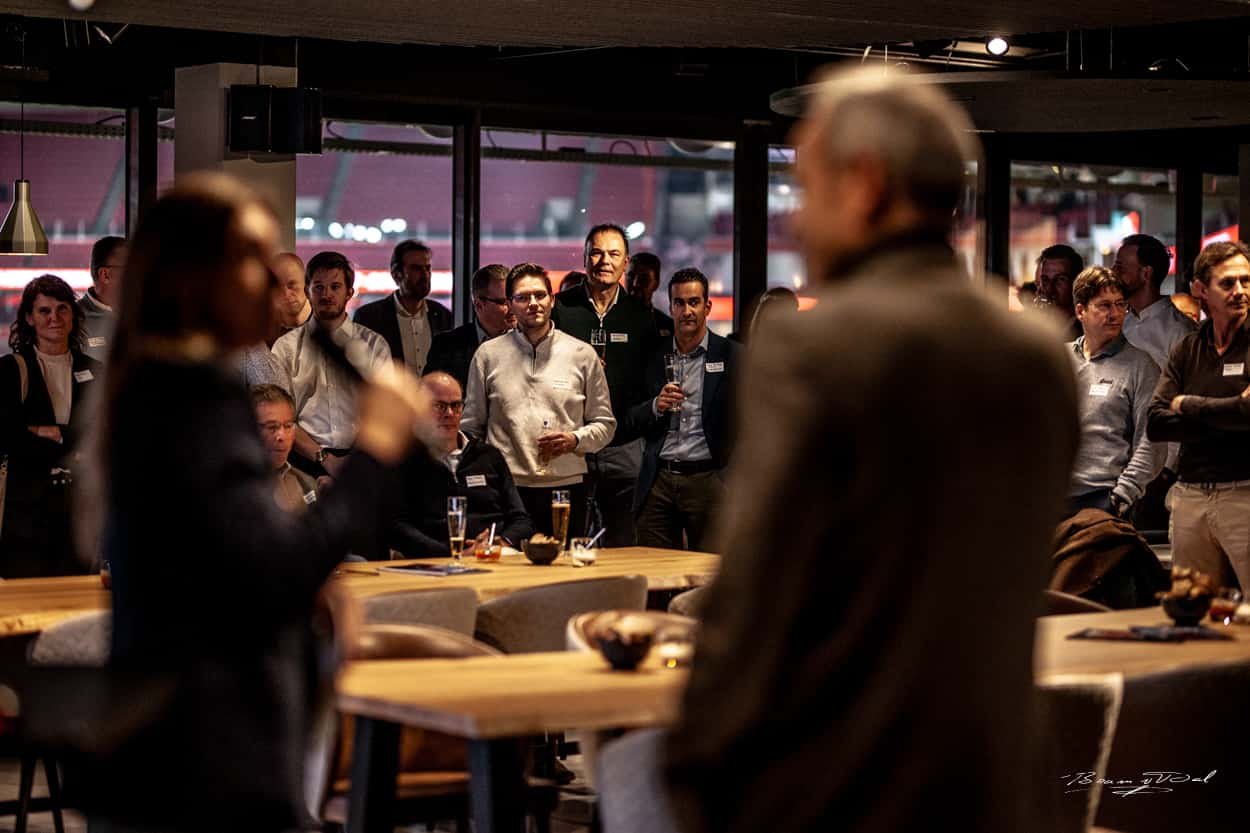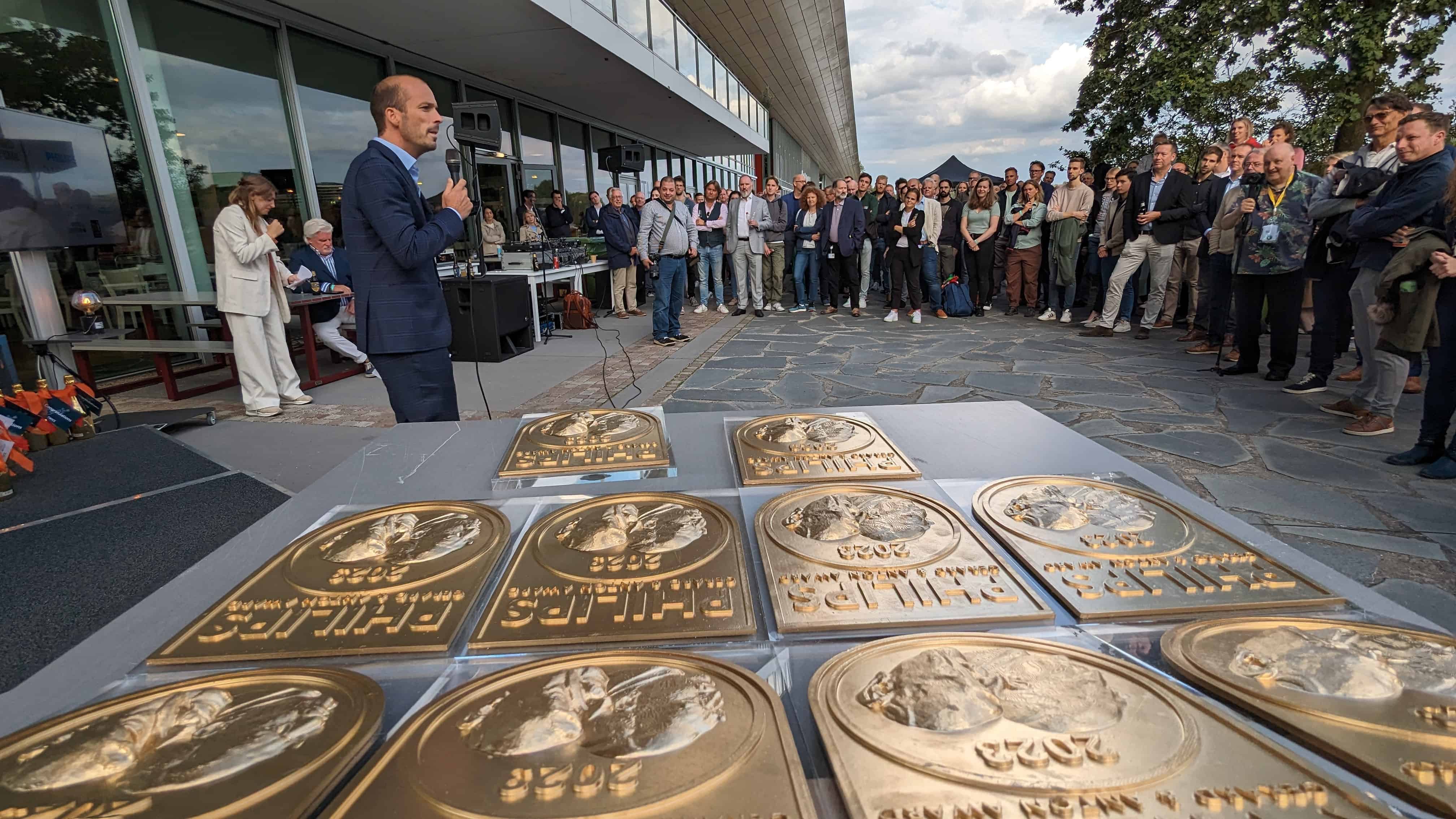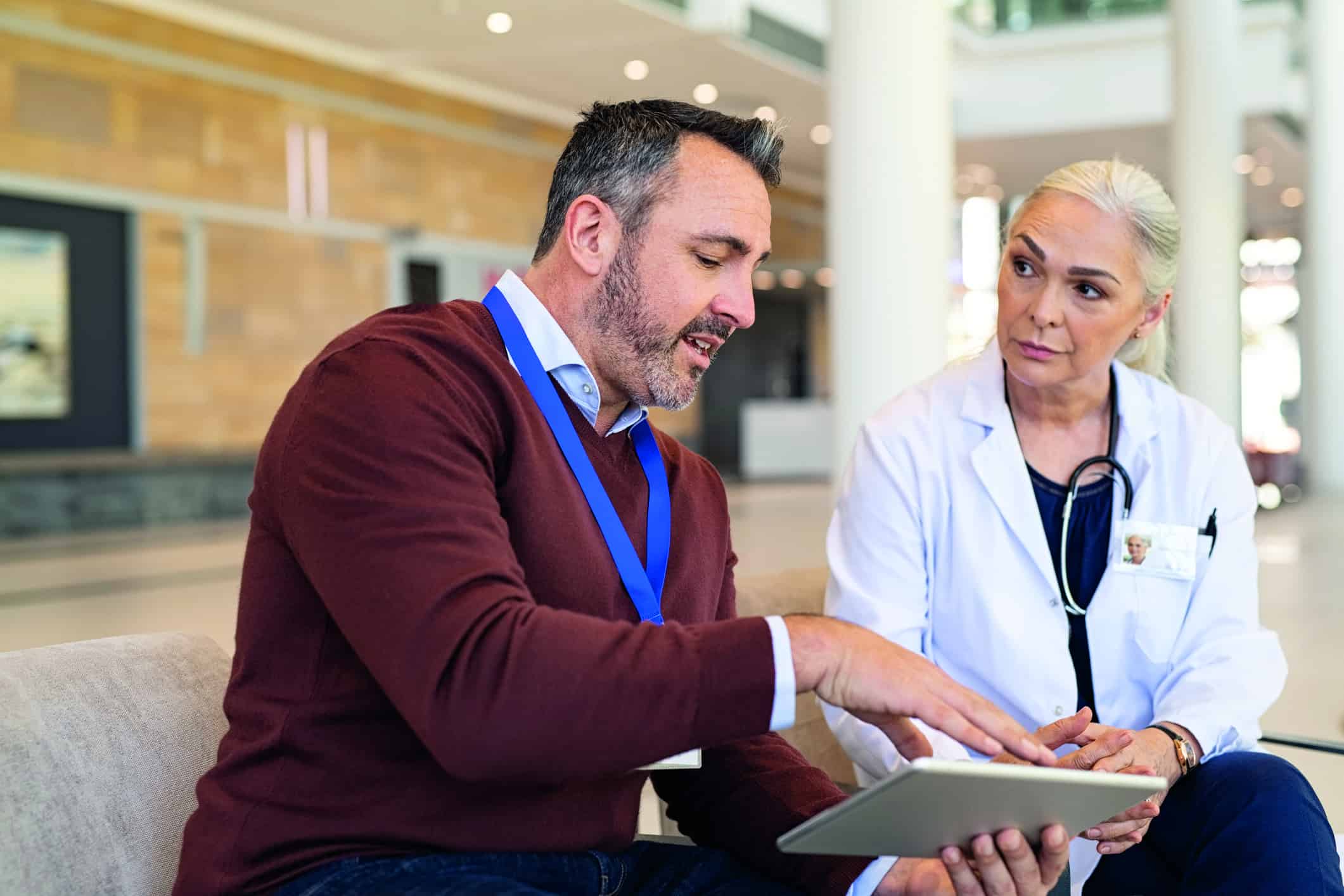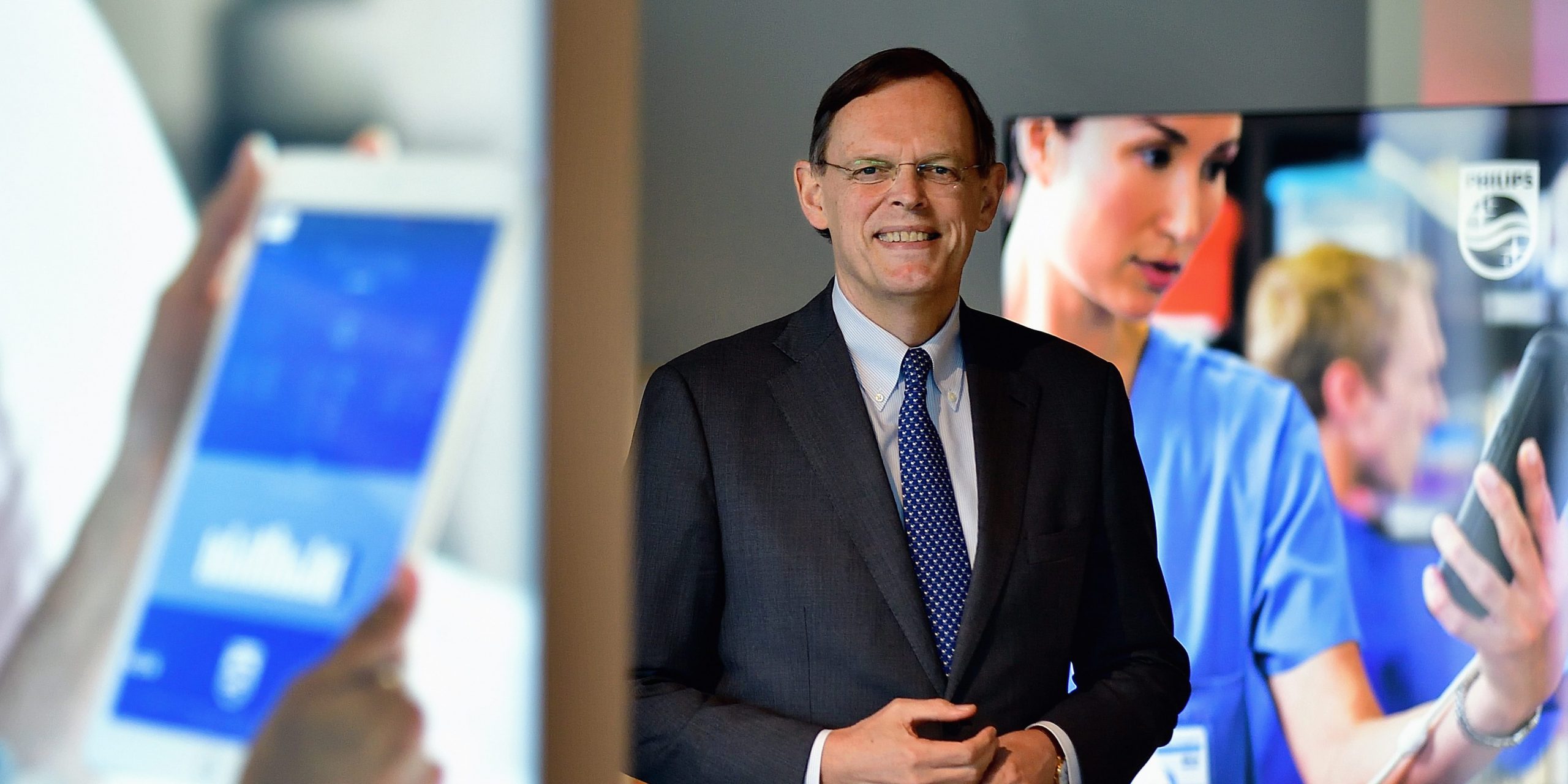
The time when an inventor sat all alone behind closed doors tinkering with groundbreaking technology is long over. Nowadays, scientists from different backgrounds work together on new inventions or products with a view to bringing them to the market. That’s no different at Philips. But how do you manage that kind of process? What is needed for this? Innovation Origins asked Hans de Jong, president of Philips Netherlands.
Curious about the other innovation leaders? Read about them here.
“It always seems so simple, you put a few techies in a corner and then something clever comes out of that. But that’s not how it works. If you do that, you’re really thinking from the point of view of technology. Which might be pretty clever – except that there’s a risk that there’s no demand for it. Modern innovation is based on concrete needs or on solving problems.”
According to De Jong, Philips had been what’s termed as a technology push company in the past, which means that the focus was primarily on technology. Whereas engineers in the past were predominantly concerned with improving technology, they are now also considering the application of that technology. “If engineers are only working on improving X-ray images, for example, and are developing a device that doctors (who have to work with it day in and day out) find awkward to use, you’ve basically wasted a lot of time, money and effort.”
Success in innovation is not always dependent on technology

Now things are different: “We’re not just testing to see if an X-ray machine works properly so as to improve treatment for patients. Instead, we also sit down with doctors at an early stage to ensure that the operation of this equipment feels intuitive. This ensures that doctors are able to work faster and make fewer mistakes. It improves the treatment and makes it cheaper,” De Jong explains.
“People don’t always realise that the success of innovation doesn’t just depend on whether or not the technology works. Often a dynamic is created that has nothing to do with that. We can approach hospitals and show them that we are able to detect tumours more quickly than is currently the case. But they can’t just replace their in-house equipment. These are major investments that are spread out over many years. Money plays an important role, but it sometimes has to do with acceptance of the technology”.
That was also the case with the now highly successful Airfryer. The hot air fryer didn’t do well at first. It even went so badly that the company considered pulling the plug. “You can’t imagine that anymore. It’s almost got to the point when you can ask if there’s anyone out there who doesn’t have one in the home. But when something’s completely new, it always takes quite a while before it becomes standard. Here, we really underestimated that it wasn’t down to the technology, but more about how people thought about it.
Real innovation often requires a lifestyle change. Consumers had no idea that good fries don’t necessarily have to be made in oil. People are creatures of habit, but when such a change does happen, things can all of a sudden go very fast. You instantly notice a change: positive reviews start to appear, people get curious and before you know it, it’s booming.”
Get all the parties around the table as soon as possible
De Jong is merely trying to say that all kinds of factors play a role in the way innovation is set up: “We look at the technical solutions, that’s crucial. But often, the setting in which that solution takes place is at least as important – especially in the healthcare sector. This determines whether or not your innovation actually reaches the patient and proves to be successful.
That’s why you try to get as many parties as possible around the table at the earliest possible stage who know a thing or two about what you want to do. That is known as co-creation. This way you can help to avoid, as an example, that a doctor says at a later stage: ‘I’m not getting involved in this.’ A good example of this is the Philips Azurion (a medical system that allows the doctor to operate on a patient via the groin or the wrist, ed.). During its development, we’d worked with dozens of leading cardiologists from all over the world.”
“You still have very smart techies who come up with some very clever things on their computers or somewhere in a lab. But at a very early stage, we start working with prototypes and people so that we can ask: ‘Does this work for you? And everyone needs to find something of value in a solution. Nurses, doctors and designers. We take the user into account right from the start when it comes to a design. For instance, cardiologists can operate the Azurion by touch based on the shape of the buttons. They no longer have to take their eyes off the screen. But it still remains a technical matter. Sometimes something works very well in the lab, but scaling it up can be tricky or expensive. Then we go back to the drawing board to figure out how to solve that puzzle.”
So how do you go about that?
“Philips said: we’re a healthcare technology company. We focus on solutions for healthy living and prevention through to diagnosis, treatment and home-based care. We focus on cardiology, oncology, lungs and maternal care and childcare. These are the areas which we work in. It means that if someone knocks on the door with a great idea in the orthopaedic field, we won’t do anything with that. It doesn’t lie within our scope.”
“In order to be able to develop ideas that do fall within our scope, as a leader you want to see that you have an organization where you also have all the competencies necessary for providing total solutions. Take a look at our production and innovation locations. The largest Philips site worldwide is at the High Tech Campus in Eindhoven. There are not just smart technical experts there, but psychologists, designers and software developers as well. All kinds of talent with competencies who we know have the knowledge to come up with the best possible solution together”.
Surely there isn’t a standard formula?
“It’s much more important to know which field you are coming up with innovations for. If your focus is sharp, you can determine which competencies you need and how many. More than ever before, you now have to be able to reason from the outside in. And instead of wanting to do everything ourselves, we work together with other companies when it concerns very specific matters.
In order to follow the latest developments and to share knowledge, we work closely with universities and hospitals. Look at e/MTIC (Eindhoven MedTech Innovation Center, for instance (a collaboration between Philips, TU/e, Kempenhaeghe Sleep Center, Catharina Hospital and Máxima Medical Center – ed.). And we also maintain contact with patient organizations. They have insight into the preferences and needs of patients. It is extremely valuable for us to understand exactly what a heart patient needs, for one thing. Different competencies are needed for each solution, nevertheless we have to ask the question each time: how does it benefit people, how are their lives improved as a result of our work?
You run a large company that wants to keep shareholders happy and make a profit, isn’t that an issue?
“We design better solutions for people and we try to make them available as soon as possible through cooperation. If we can then build a business on that, that’s what we benefit from. I also think we distinguish ourselves with our mission to improve the lives of three billion people around the world by 2030.”
“But it can be a bit of a struggle. If, for example, you come up with something very clever that an insurer is not yet able or willing to reimburse, we have to suspend the development process. We want solutions for everyone in the world, not just for a select elite. But it goes without saying that we will continue discussions in order to arrive at a solution that works for everyone. Again, it’s not always all about the technology.”
Can you give an example of this?
“We have discovered that if you monitor heart patients at home with e-health and keep track of their weight, heart rate and blood pressure, the chance of a relapse drops by 50%. Introducing e-health into the Dutch system is proving to be complex. Additional costs are involved when it comes to implementing it, while a 1-to-1 relationship is still difficult to achieve with lower costs in hospitals. As a result, the healthcare insurer has not been able to reimburse it so far. I’m sure this will happen at some point. That’s why we’re continuing with this development in other countries.”
“This monitoring method is being used in the United States. For us as a company that is active in more than 100 countries, that is a huge advantage, of course: we can already develop and test it further elsewhere. Those innovations will eventually be introduced into The Netherlands. The Netherlands can once again lead the way with a some other new innovation.”
To what extent does sheer luck play a role in innovation?
“Is happiness just down to chance? Or do you create happiness? A small part is luck, but you can structure and create the conditions for happiness. You need knowledge for this; you need to understand what is going on in the world. It is quite feasible that someone could be helped past a small obstacle through a chance encounter. But for the most part an innovation process is highly structured. Because if you let everything depend on chance, the outcome is of naturally also very uncertain.
In a market where people are expecting a solution to a problem, we want to come up with something new very quickly. So you try to structure that as much as possible. Otherwise we cannot justify investing about 10% of our turnover in R&D each year, which was around €1.8 billion in 2018.”
How do you make sure it doesn’t become an unwieldy goal?
“Others might call it bureaucracy, we call it structure. Our medical systems are all over the world. You have to deal with strict rules – and rightly so – because it concerns people’s health. But these rules often differ from country to country, so you can’t just let that go. That would lead to complete chaos. That’s also a golden tip for start-ups who aspire to become huge companies: structure your processes. If you do not do that, products won’t leave the factory with the proper specifications and will become too expensive”.
“At the same time, you want to create an environment where creativity can be given free rein. Philips has an open culture, that’s what I’ve always experienced and still do today. People need to be able to knock on each other’s door if they are not getting anywhere. If a culture prevailed where you only share information if you yourself benefit from it, that simply wouldn’t work. Collaboration on the High Tech Campus is a great example of this. Actually, you see this throughout the Brainport region. It makes Eindhoven unique: a finely meshed network of parties working together, public and private.”
What’s going on at the moment that we can’t ignore?
“Artificial Intelligence – that will be everywhere in a few years’ time. Pathologists are looking at tissue slices to find traces of faulty tissue. They have to look at an incredible amount of these slices and there interpretations vary. We can now digitize those images using the technology that we developed years ago for CD players, among other things. So that you can run software that will support the pathologists’ interpretations. This changes the role of the pathologist: they can now focus on the final outcomes. This improves healthcare, fewer mistakes are made and we can cope better with the increase in the workload despite a shortage of pathologists. That’s just one example of how artificial intelligence is going to improve our lives.”
Not just a hype? In the sense that some people say that they’re working on AI, but they’re not actually doing that …
“First of all, I want to say that AI is not a hype at all. For me, this technique is in the same league as the steam engine, electricity and the internet. Just like these technologies, it’s a real enabler, it makes more things possible. We don’t always realize it, but AI is actually already all over the place. We have smart shavers out there that analyze skin during shaving and adjusts the power accordingly. If you call AI a hype, that’s a historic mistake.”
“So if you think your success lies with data or data processing, act now. Get on that learning curve. My advice is to start today. Collaborate or do something small-scale if you have to. Because it takes time and whoever learns now, learns the most. It’s naive to say that this can still be done in a couple of years. Then you just might be too late.”



